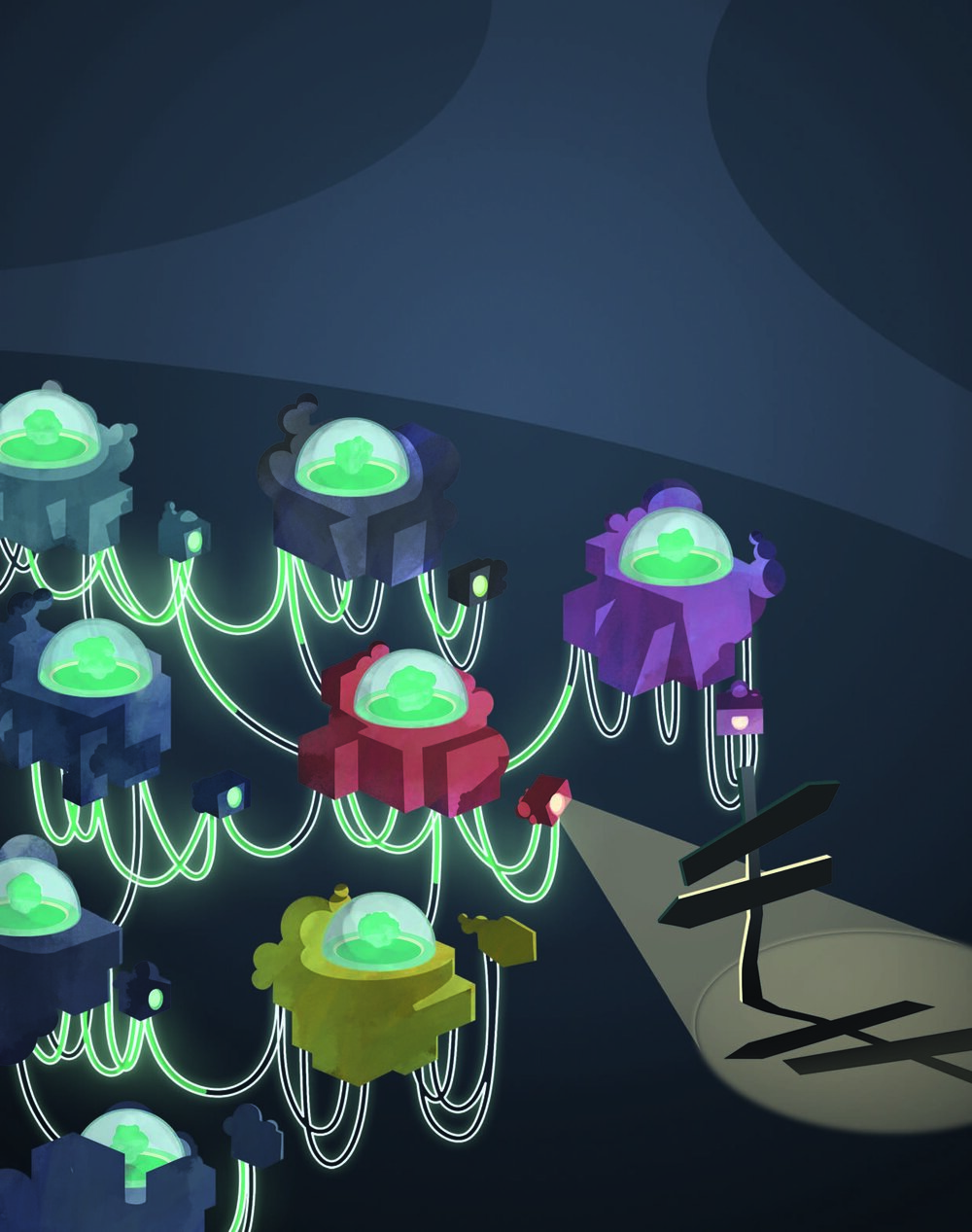It’s estimated that anywhere from three to seven percent of school-age children may have dyslexia, a neurodevelopmental issue that affects reading, spelling, and writing. There are different ideas about why dyslexia occurs, although they relate to dysfunction in brain networks, and are likely due to multiple causes in affected individuals; the disorder may not have a singular underlying cause. Neuroimaging studies of dyslexic individuals have produced inconsistent results.
Since dyslexia has a heritable, and therefore, genetic component, scientists wanted to know more about how genetics and brain mapping could reveal more about the pathology of dyslexia. A new study has shown that carriers of genetic variants that increase the risk of dyslexia also have changes in brain structure, which occur in areas that are related to language, motor coordination, and vision. The findings have been reported in Science Advances.







